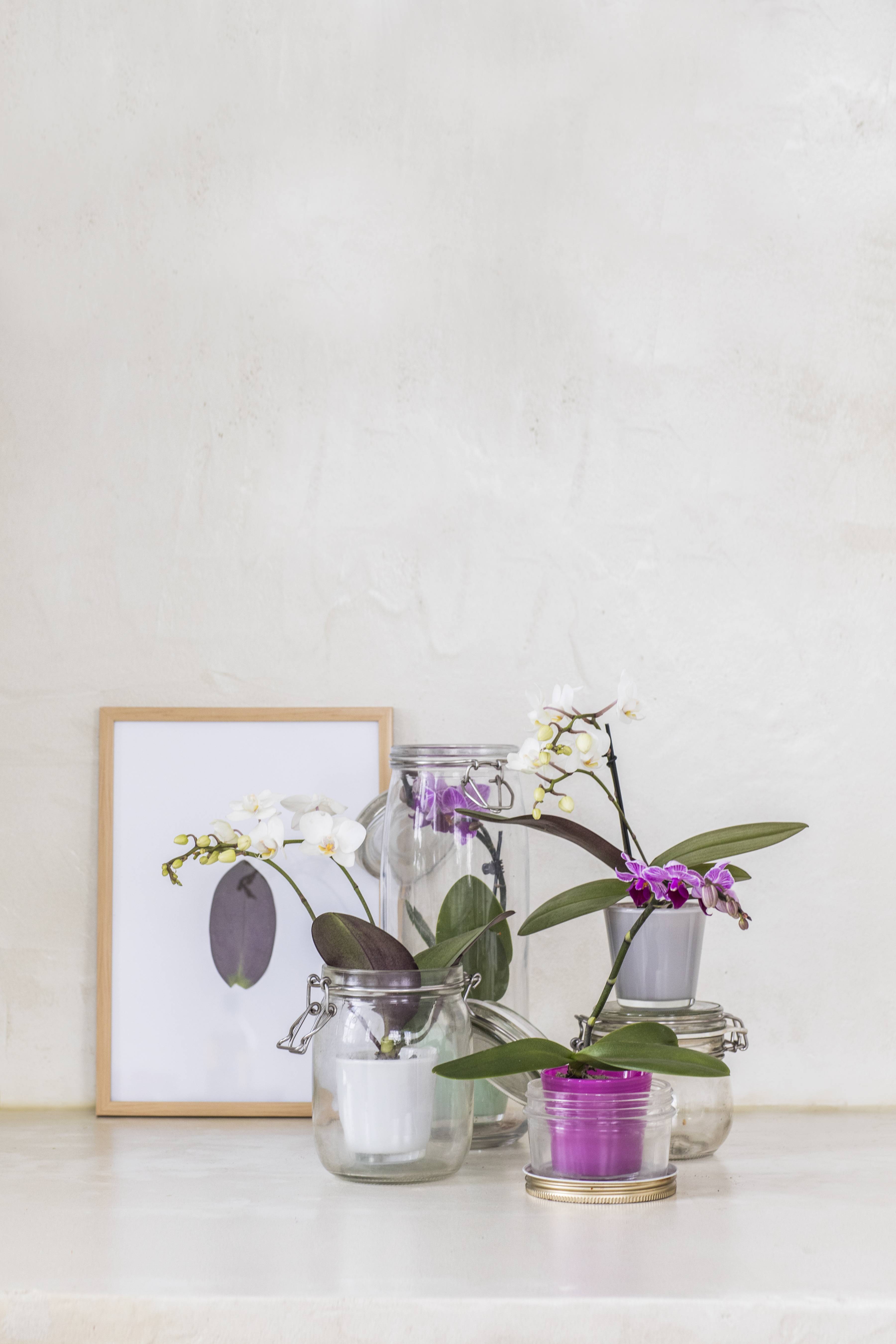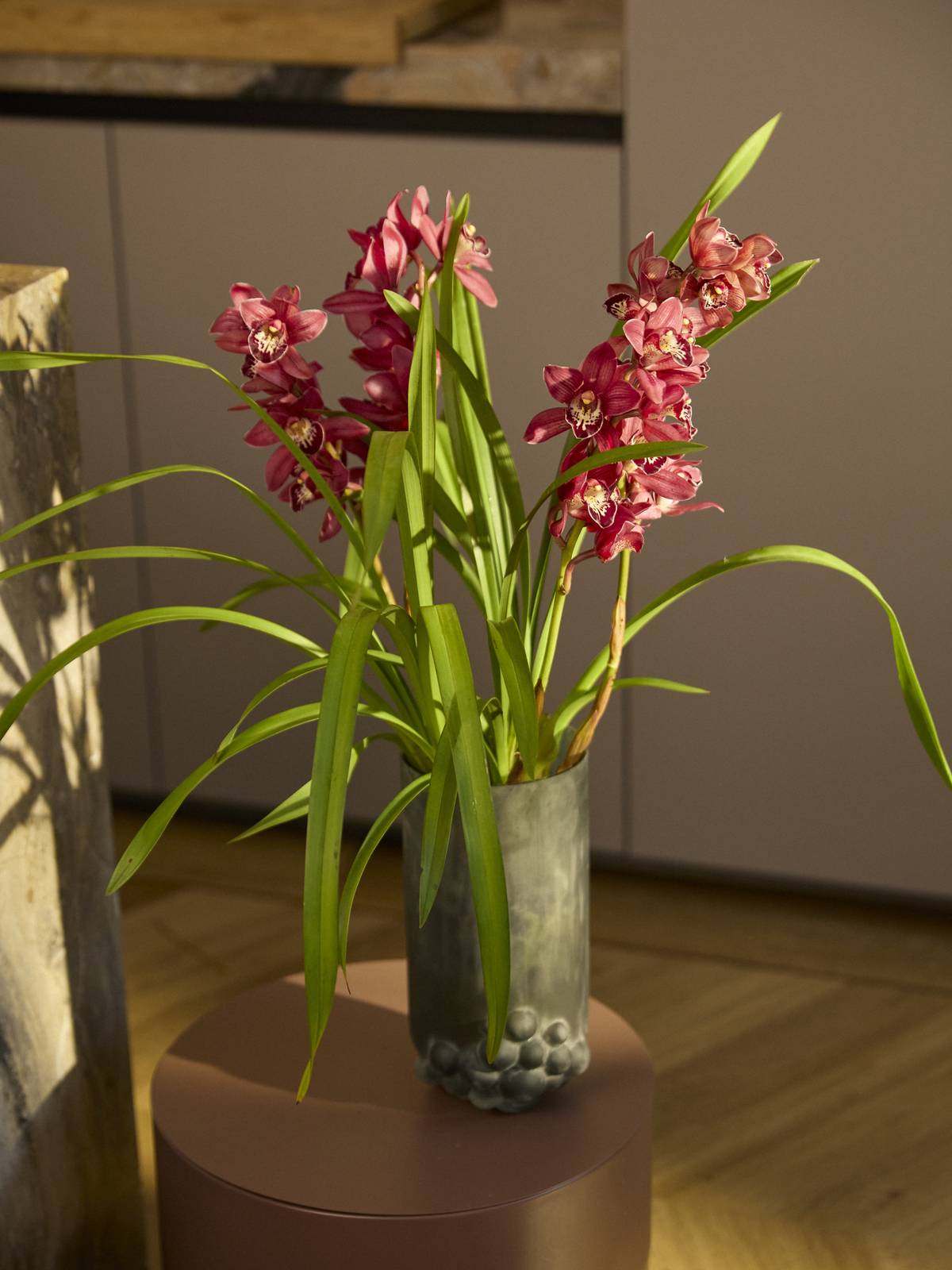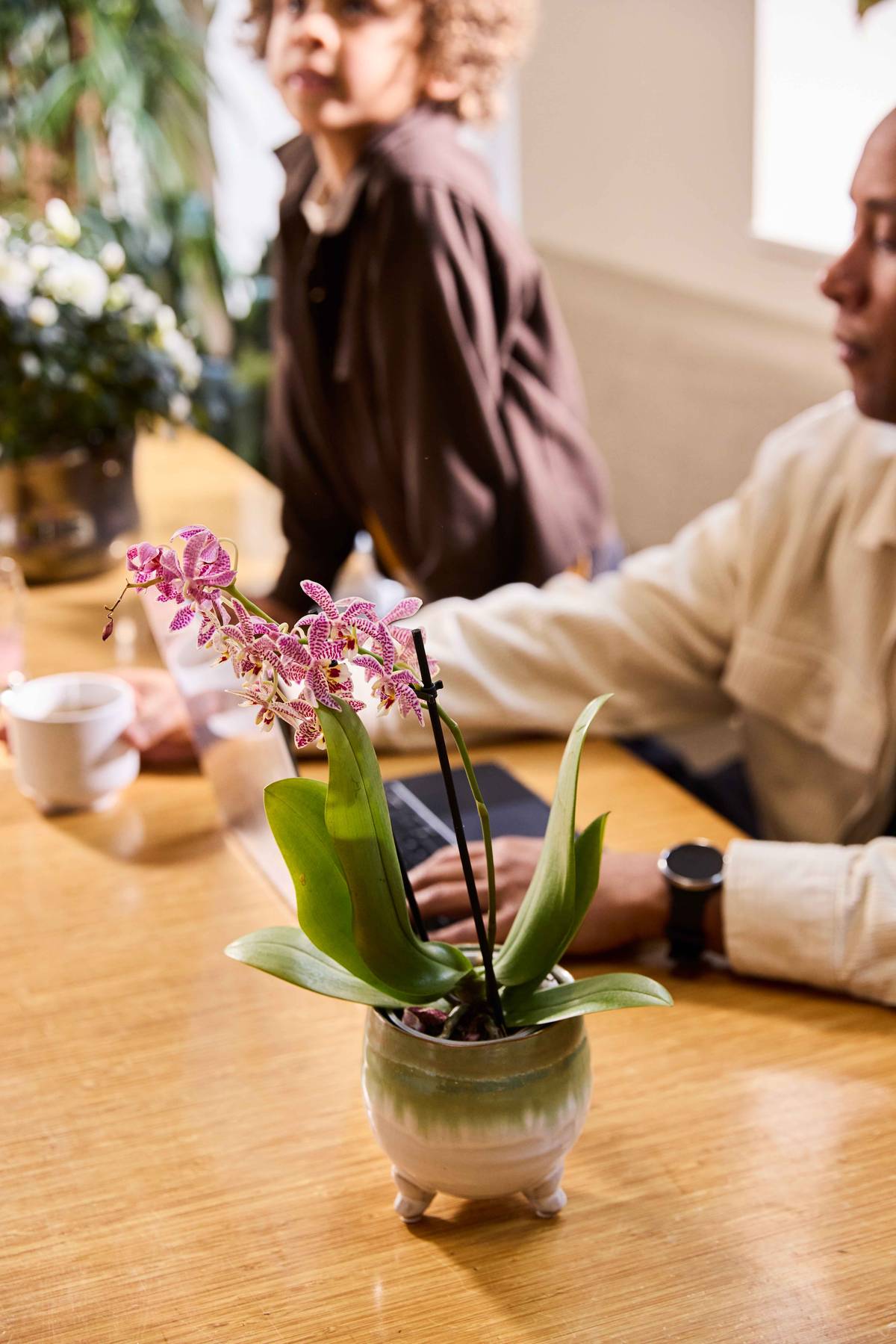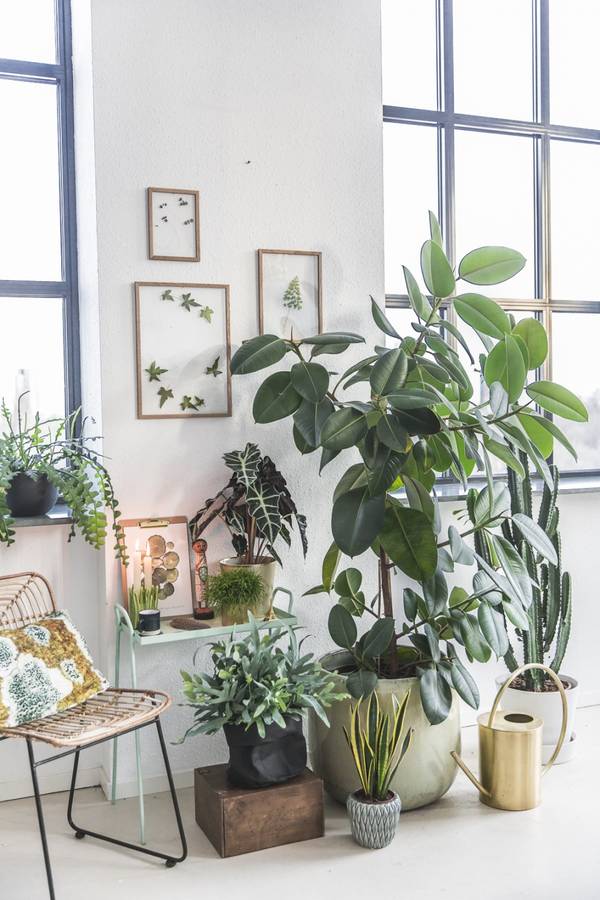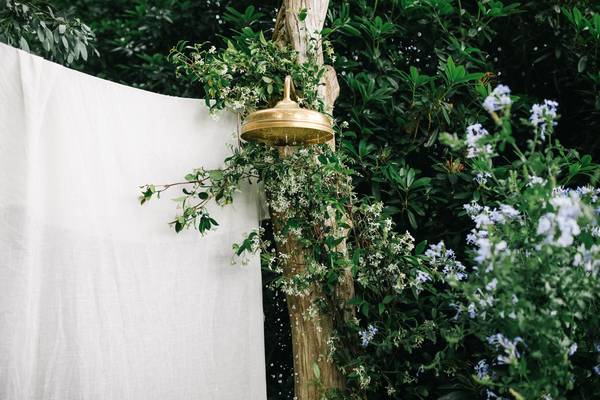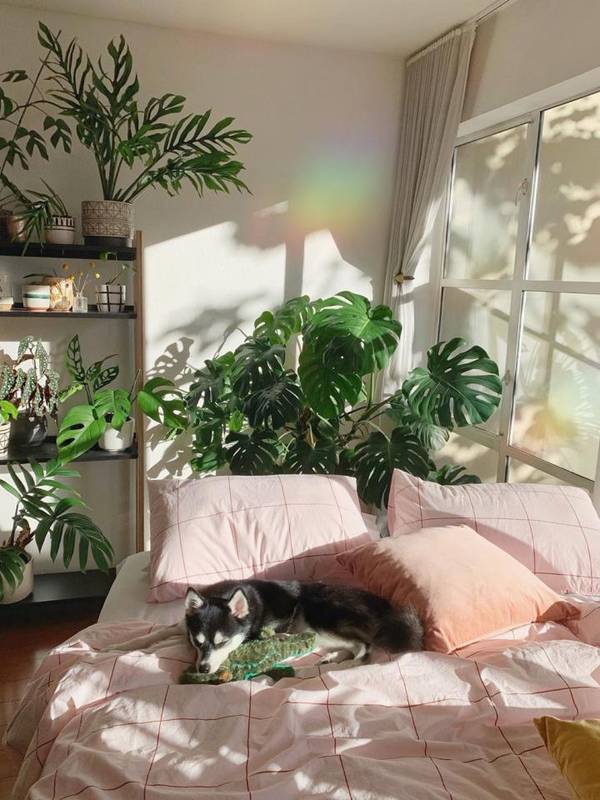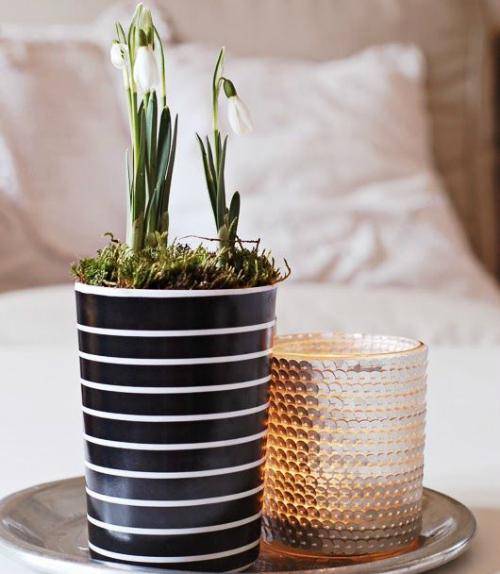
What can you do when your orchid has finished blooming?
Orchids usually bloom for about 8 weeks. But what do you do afterwards? With a little help, you can encourage new growth in an orchid. Want an insight from an orchid expert? Check out this video with gardener Lennard from GreenBalanz. We present him with 3 statements in the greenhouse with the fact-or-fiction game.
Orchid: characteristics and flowering
Orchid belongs to the orchid family (Orchidaceae). With some 25,000 different species of Orchids, the orchid family is one of the largest plant families. Flowers are the real eye-catchers of this species, with the leaves not having special attributes. The symmetrical flowers often have vibrant colours and/or patterns such as spots and stripes.
Whether an Orchid plant has a few large flowers, such as the classic Butterfly Orchid, or many small ones, such as Oncidium, they are all works of art that you can enjoy for a very long time. Most species bloom once a year, but some can bloom several times a year.
Orchid species
Some 25,000 species of Orchid are now known - and the number keeps growing. Each species has its own external characteristics. These are the most well-known and popular varieties of Orchids:
- Butterfly orchid (Phalaenopsis): this is the classic orchid as most people know it and is most commonly found in living rooms. Phalaenopsis blooms for as long as 2-6 months, can flower several times a year and can be recognised by its large, flat flowers that grow up to 10 centimetres in diameter. The flowers of this popular houseplant are white, yellow, pink or purple in colour.
- Cymbidium: this impressive orchid has relatively long branches with large flowers. The flowers are white, yellow, green, pink, red or brown in colour and bloom for at least 8 weeks. Cymbidium's flowers have a firm texture and can be fragrant. This orchid thrives in cooler environments than many other species, making it a suitable for a cooler room.
- Dendrobium: this versatile orchid has many forms. From miniature varieties to larger, branched specimens. Dendrobium's flowers are smaller than Butterfly orchid and Cymbidium and grow in clusters along the stem(s). The flowers are usually white, yellow, purple, green or pink in colour and bloom for several weeks. Dendrobium flowers beautifully, but requires a little more care than the other species, such as a longer rest period after flowering.
- Cattleya: This large orchid has exuberant flowers known for their fragrance and impressive size. The flowers are sturdy and are often used in corsages because of their size, appearance and scent. Cattleya's flowers are white, purple, yellow, pink or orange in colour. In addition, the flowers have a deeper-coloured ‘lip’ that provides contrast with the other petals. This species flowers for about 4-6 weeks and needs warmth and sufficient light to bloom beautifully.
- Oncidium: this orchid is also called Dancing Lady, as the shape of the flowers are reminiscent of a dancer. You can recognise Oncidium by the many small flowers that grow in a large cluster and are white, yellow, brown or purple in colour. Often the petals have a mottled or speckled pattern, giving them a special appearance. The flowering period lasts about 4-6 weeks.
- Vanda: this orchid species includes both small- and large-flowered varieties and is known for a vibrant colour palette. The flowers come in bright colours such as orange, pink and blue, which under the right conditions (plenty of warmth and a humid environment), can bloom several times a year. The flowers often have speckles or spots and smell strongly, and can last for several weeks.
- Slipper orchid (Paphiopedilum): this orchid, also known as Venus's slipper, is known for its frayed or wavy petals. The flowers are small to medium-sized and have a distinctive shape with a ‘lip’ reminiscent of a slipper. The flowers are often green, yellow, white, purple or a combination of colours. Slipper orchid, like Cymbidium, prefers slightly cooler temperatures and flowers for an average of 6-10 weeks.
- Pansy orchid (Miltonia): this species is often compared to violets because of the colours and shapes of the flowers. There are small- and large-flowered varieties of Miltonia, but the large-flowered varieties are the best known. The fragrant flowers can be white, yellow, pink or purple in colour or a combination of these. The most striking feature of this species is the contrasting coloured spots or stripes on the petals.
- Cambria: this is a collective name for a group of crossed Orchids. Cambrias are very popular thanks to its playful, colourful flowers and spotted pattern, hence its inclusion here. Cambria's flowers can be small (1.5 cm) to very large (20cm), star-shaped or almost round. The colour also varies widely, but brown, red and purple are most common. The flowering time of this species is about 6 weeks.
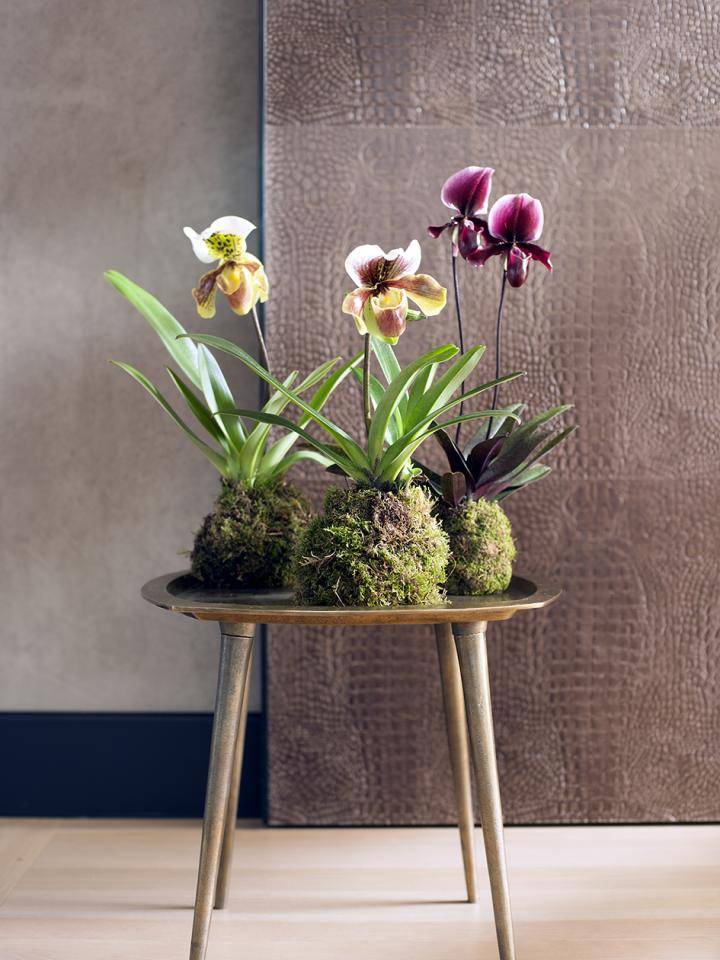
How to make your Orchid flower again
Has your orchid finished flowering? Don't throw it away! With the right care, you can make sure it will bloom again, allowing you to continue to enjoy its beauty. Below, we explain step by step how to bring your orchid back to life. Make sure you know what type of Orchid you're dealing with, as different species require different care.
Make your butterfly orchid (Phalaenopsis) rebloom
A Butterfly orchid (Phalaenopsis) develops new blooms from an existing flower stem. This is because the stem of this species continues to grow after flowering and can develop new flowers. This is unlike other orchids, which develop new blooms from a new flower stem. To rebloom a Butterfly Orchid, follow the step-by-step plan below:
- Have the flowers of your Butterfly Orchid finished flowering? Cut back the flower stems slightly with sharp and clean secateurs. Cut off the stems above the second or third eye (the thickening on the stem). Don't cut off the stem of Butterfly orchid completely, unless its brown or wilted. Then, cut the entire stem back to the base of the plant.
- Remove any dead leaves by gently pulling them away or cutting them off the stem.
- If necessary, put the Orchid in a slightly cooler spot in the house for a few weeks.
- Water with lukewarm rainwater and orchid food regularly, but make sure the Orchid does not get too wet.
Make your Orchid rebloom
Do you have an Orchid such as a Cattleya, Dendrobium or Oncidium? Here's how to make it bloom again. Check out the step-by-step plan below:
- Have your Orchid's flowers finished blooming? Cut off the flower stems at the bottom, just above the bottom node. This way, the Orchid knows it's time to put new energy into leaves and roots. Is your stem already completely brown? Cut it off at the very base of the plant. Note: it's sometimes advised to cut off the stem to just above the third eye, but then the Orchid will have less energy for making leaves and roots. Tip: Would you like to repot the orchid to a different or larger pot? This is the right time to do that.
- Put your orchid in a cool place (no lower than 15°C) with sufficient indirect sunlight.
- Let your orchid rest by reducing watering for a few weeks. This will give the orchid a flowering boost. Water the plant when the soil is dry and in the growing season (spring/summer), give orchid food every 2 weeks.
- Put your orchid back in its normal spot as soon as new flower stalks become visible. This is when you can give the plant the normal amount of water again. Over time, the orchid will grow new flowers. It can take up to three months between the appearance of a new flower stem and the flowers arriving, so be patient!
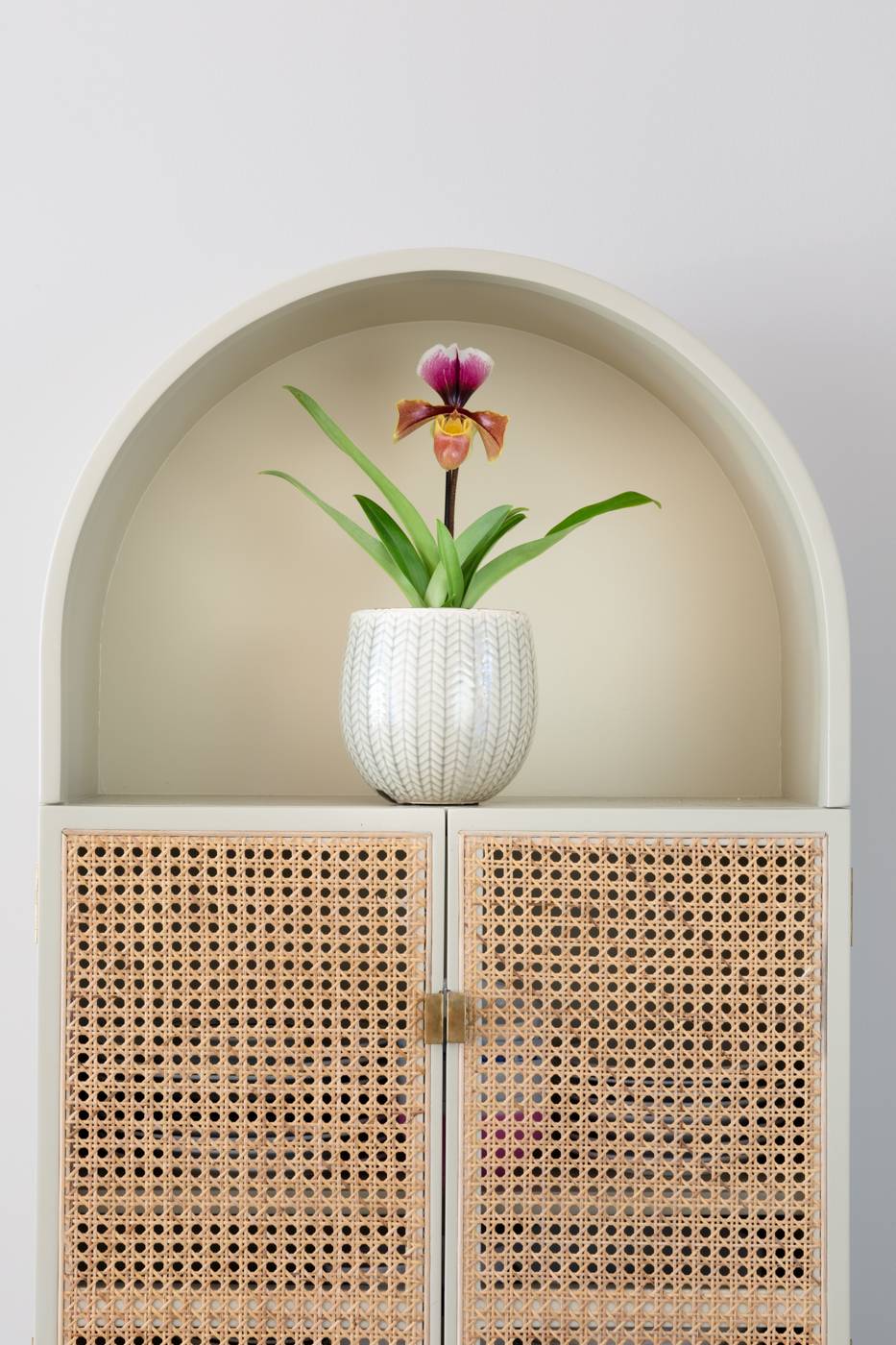
Are Orchids poisonous?
No, Orchids are non-toxic to humans and pets, such as dogs and cats. This makes them a safe choice for your home. Although Orchids are non-toxic, that doesn't mean that the plant is completely risk-free. For instance, chewing or eating leaves and/or flowers can cause stomach upset or irritation around the mouth. Always take care and consult a professional if you're concerned.
When and how to take Orchid cuttings
Would you like to propagate your orchid, or take cuttings, and are wondering when's the best time to do this? The best time to take Orchid cuttings is right after flowering, when the plant recovers and new roots and shoots start to form.
You can take an Orchid cutting in different ways, such as stem cutting, root cutting or cutting by means of baby plants. The most common method of taking cuttings for Orchids is by cutting or twisting away baby plants. Check out our step-by-step plan below.

Orchid symbolism
In ancient Greece and in Asia, the Orchid was the symbol of fertility and friendship. Today, Orchids symbolise beauty, wealth and strength. Moreover, the flowers are often associated with luxury, elegance and sophistication. Orchid colour also influences symbolism. For example, white orchids are seen as a symbol of purity and eternal love. Pink orchids represent love, femininity and caring. Red orchids are seen as a symbol of love and romance.
Where do Orchids originally come from?
Where do Orchids originally come from?
Orchids are among the largest and most diverse plant families in the world. They are native to Southeast Asia and grow in the wild mostly on trees, in crevices and rocks and on moss. In the 17th century, explorers started spreading Orchids to other continents such as Europe, Africa and America. This led to a huge surge of interest in the plant. In the 19th century, the Orchid became the symbol of luxury and sophistication. The plant was collected by wealthy plant lovers and growers. Today, the Orchid is found almost everywhere in the world, and is popular as an ornamental plant worldwide. The Orchid grows in a variety of environments, from tropical rainforests to forests, greenhouses and mountainous areas.
